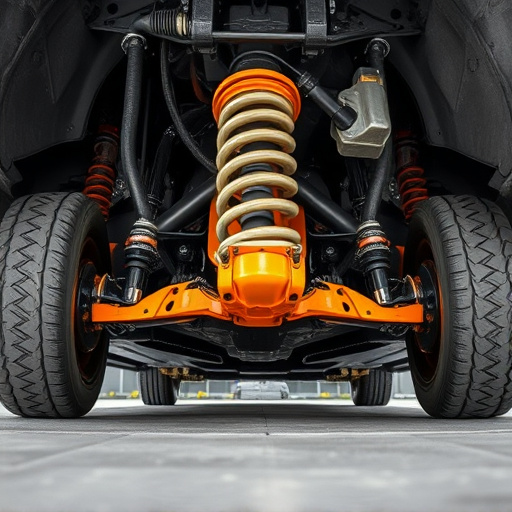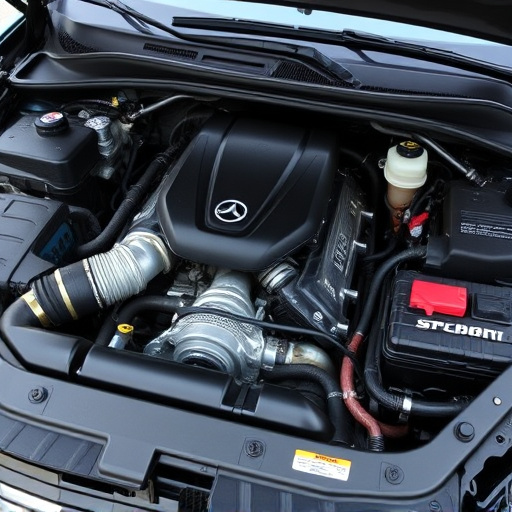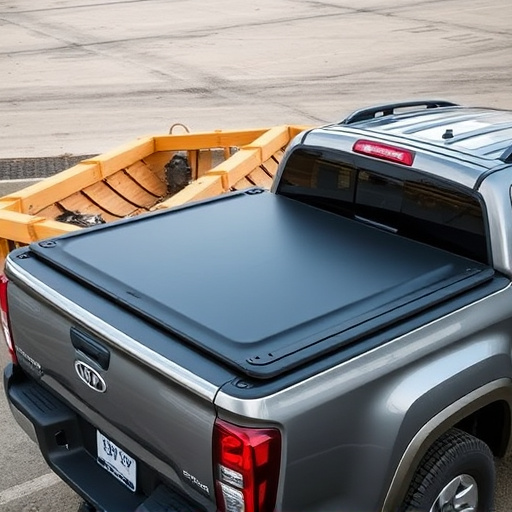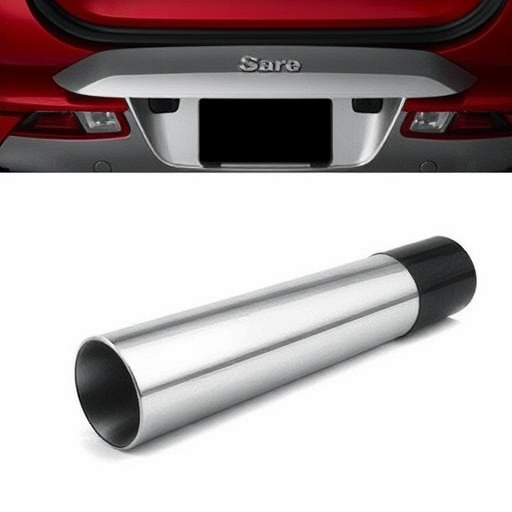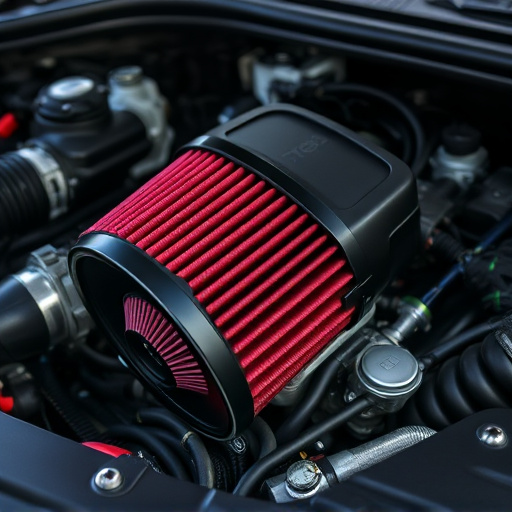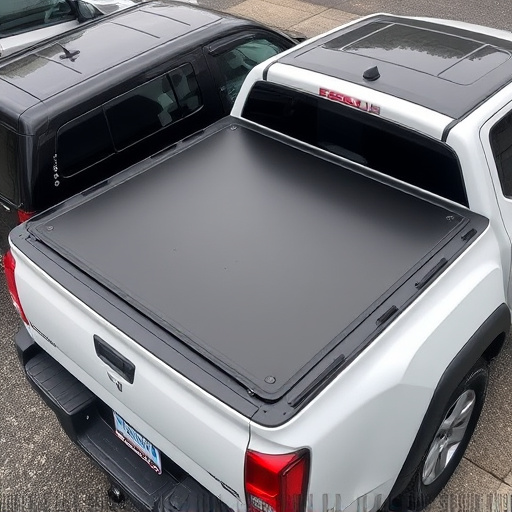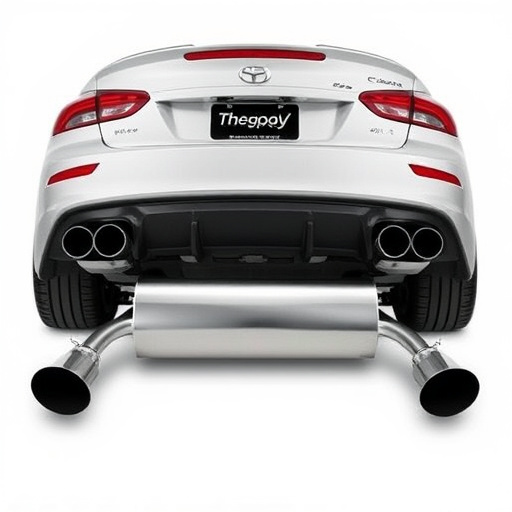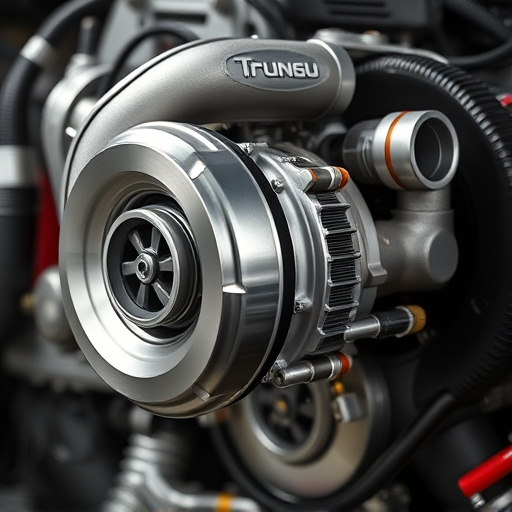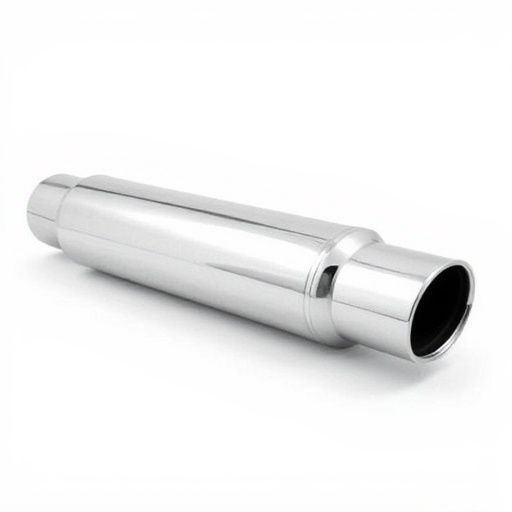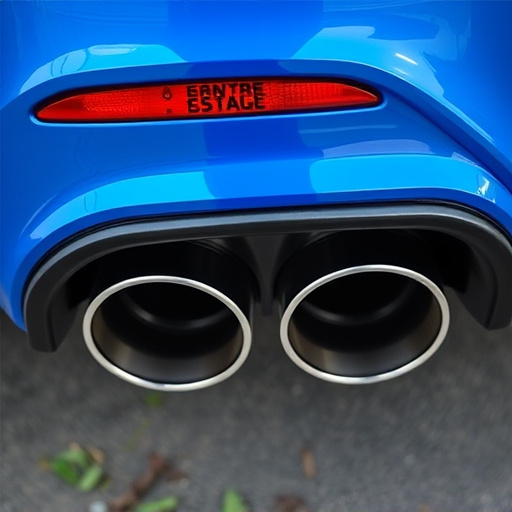Cold air intake (CAI) filters are budget-friendly performance upgrades that optimize combustion by redirecting cool, outside air into the engine, leading to improved throttle response and potential horsepower increases of up to 10%. Choosing the right CAI filter requires understanding compatibility and performance needs, focusing on quality materials and advanced technologies for optimal airflow and contaminant trapping. Installation offers significant benefits with minimal effort and cost, enhancing power delivery, throttle response, and engine lifespan by reducing wear from contaminants.
“Elevate your vehicle’s performance with a simple yet effective upgrade—the cold air intake (CAI) filter. This cost-effective modification promises substantial gains in engine power and efficiency. In this article, we demystify CAI filters, guiding you through their basics and benefits. We’ll help you choose the perfect fit for your ride and explore real-world performance improvements achieved through CAI installation. Get ready to breathe new life into your car.”
- Understanding Cold Air Intake Filters: Basics and Benefits
- How to Choose the Right Cold Air Intake Filter for Your Vehicle
- Performance Gains: Real-World Results of CAI Filters Installation
Understanding Cold Air Intake Filters: Basics and Benefits
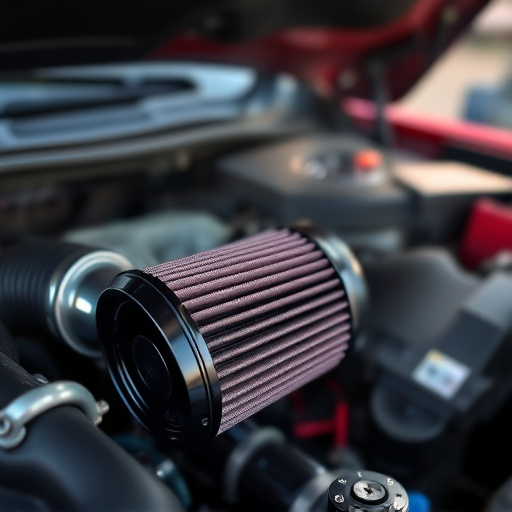
Cold air intake filters are a relatively simple yet effective modification for those looking to boost their vehicle’s performance on a budget. These filters are designed to enhance the airflow into the engine, allowing for increased power and efficiency. By directing cold, dense air directly from outside the vehicle into the engine compartment, they optimize combustion, which can lead to better throttle response and overall vehicle performance.
The basic components of a cold air intake system typically include a filter housing, an air filter, and a duct or pipe that channels the cool air into the engine. Unlike standard air filters that rely on the vehicle’s cabin AC or fan for cold air, these intake systems extract cold air from outside the passenger compartment. This ensures a constant supply of cooler air, which is particularly beneficial during warm climates or after driving through humid conditions. The result is improved airflow, allowing the engine to breathe more efficiently and potentially increasing horsepower by as much as 10%, depending on various factors and vehicle models.
How to Choose the Right Cold Air Intake Filter for Your Vehicle
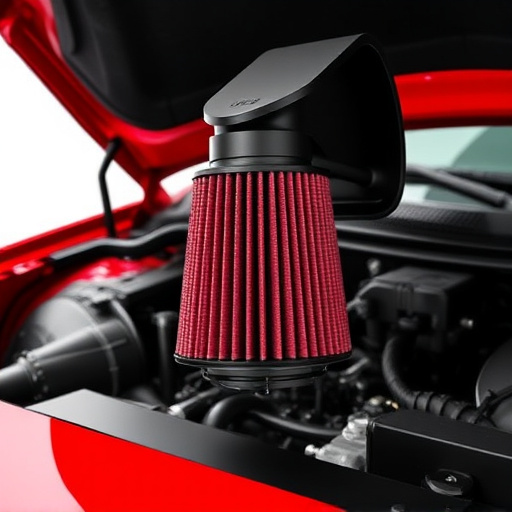
When selecting a cold air intake filter for your vehicle, it’s crucial to consider several factors. Firstly, determine if your vehicle requires a replacement filter or can benefit from an upgrade. Different cars have varying engine configurations and air intake systems, so ensuring compatibility is key. Check your owner’s manual or consult with a mechanic to identify the suitable filter size and type for your make and model.
Secondly, focus on performance air filters tailored for improved vehicle performance. Look for high-quality materials that ensure optimal airflow while capturing contaminants effectively. Some advanced filters even incorporate features like synthetic media or oiled cotton, which can significantly enhance engine breathing and overall performance, especially when paired with coilover kits. Remember to balance cost and performance expectations, as a well-chosen cold air intake filter can offer notable benefits without breaking the bank.
Performance Gains: Real-World Results of CAI Filters Installation
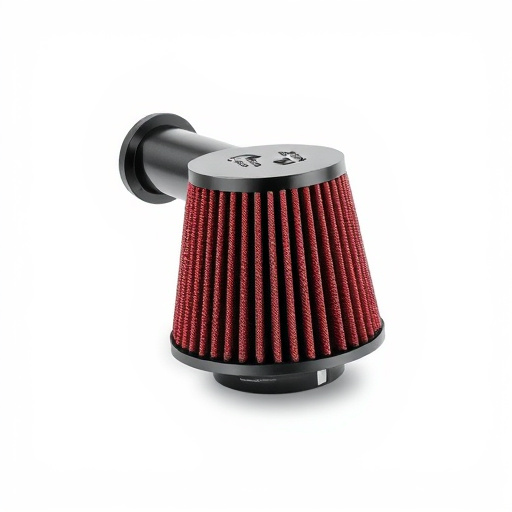
The installation of a cold air intake (CAI) filter can deliver noticeable performance gains for your vehicle, often with surprising simplicity and at a fraction of the cost of more extensive modifications. These filters are designed to optimize airflow by drawing in colder, denser air from outside the engine bay, thereby increasing the amount of oxygen available for combustion. This enhanced oxygen-fuel mixture allows for better fuel burning, resulting in improved horsepower and torque figures.
Real-world results show that a well-installed CAI filter can increase engine power output by several horsepower and improve throttle response significantly. Moreover, compared to more aggressive modifications like replacing exhaust mufflers or installing a cat-back exhaust system, CAIs offer a smoother and more controlled power delivery, making them an attractive option for drivers seeking both performance and drivability. Additionally, high-quality performance air filters can capture and retain fine particles, ensuring cleaner intake air and potentially extending engine life by reducing wear and tear from contaminants.
Cold air intake (CAI) filters offer a cost-effective way to enhance engine performance and improve overall vehicle efficiency. As demonstrated in real-world applications, these filters can provide significant gains in power and torque while also improving fuel economy. When selecting a CAI filter, consider factors like compatibility, material quality, and flow capabilities to ensure optimal results. Investing in a high-quality cold air intake filter is a game-changer for those seeking a simple yet effective modification to boost their vehicle’s performance without breaking the bank.


